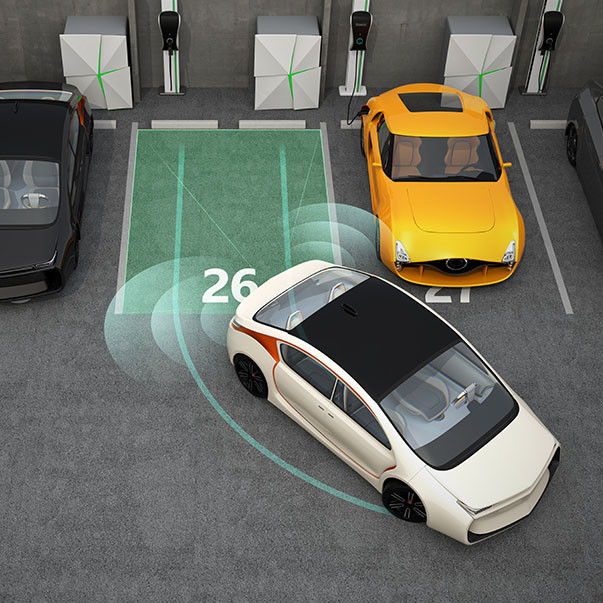Even a minor collision can cause physical damage to your car’s horn system, leading to malfunction. The horn is typically mounted at the front of the vehicle, making it vulnerable during accidents, even if the impact seems relatively minor. A fender bender or a small bump can misalign the horn or cause it to shift from its intended position. If the horn becomes dislodged or misaligned, it may no longer be able to produce sound properly, resulting in a silent or distorted horn.
Wiring and Connector Issues
Accidents often involve sudden jolts or vibrations that can loosen or damage the wiring and connectors connected to the horn. If the wiring gets pinched, disconnected, or damaged during the crash, the electrical signal may not reach the horn, causing it to stop working. In more severe cases, the wiring may short-circuit, which can lead to additional electrical issues and further damage to the horn system. Inspecting the wiring after an accident is essential to ensure the horn is receiving the power it needs to function properly.
Airbag Deployment and Sensor Interference
In modern vehicles, the horn system is often linked to the airbag deployment sensors, and both share some of the same wiring circuits. When an accident occurs, the deployment of airbags can cause a surge of electrical power through the vehicle’s system, which may interfere with or even disable the horn. The sensor that triggers the airbags may inadvertently disrupt the horn’s electrical circuit, preventing it from working. This issue is particularly common in more advanced vehicles with integrated safety systems. Selection of the Auto Repair in Bakersfield, CA based service would be essential here.
Damage to the Relay or Fuse
The relay and fuse are essential components of the horn’s electrical system. They help control the flow of electricity to the horn, ensuring it works when needed. However, during an accident, the shock can cause damage to the fuse or relay, leading to a malfunction. A blown fuse or a damaged relay will prevent the horn from receiving power, rendering it useless. This type of malfunction is relatively common after collisions and often requires replacing the damaged components to restore proper horn function.
The Importance of Post-Accident Inspections
After any accident, it is essential to have a thorough inspection of your vehicle’s horn system. Even if the accident seems minor, the force of the impact could cause hidden damage to the horn’s components. Regularly inspecting the horn system for misaligned parts, damaged wiring, or faulty relays after a collision can prevent safety hazards later on. Restoring full horn functionality is vital, as it plays a crucial role in alerting other drivers and pedestrians, especially after an accident.
Accidents can cause a variety of issues with your car’s horn system, from physical misalignment to electrical malfunctions. Post-collision inspections are critical to ensure that your horn is functioning properly, ensuring your safety on the road.

